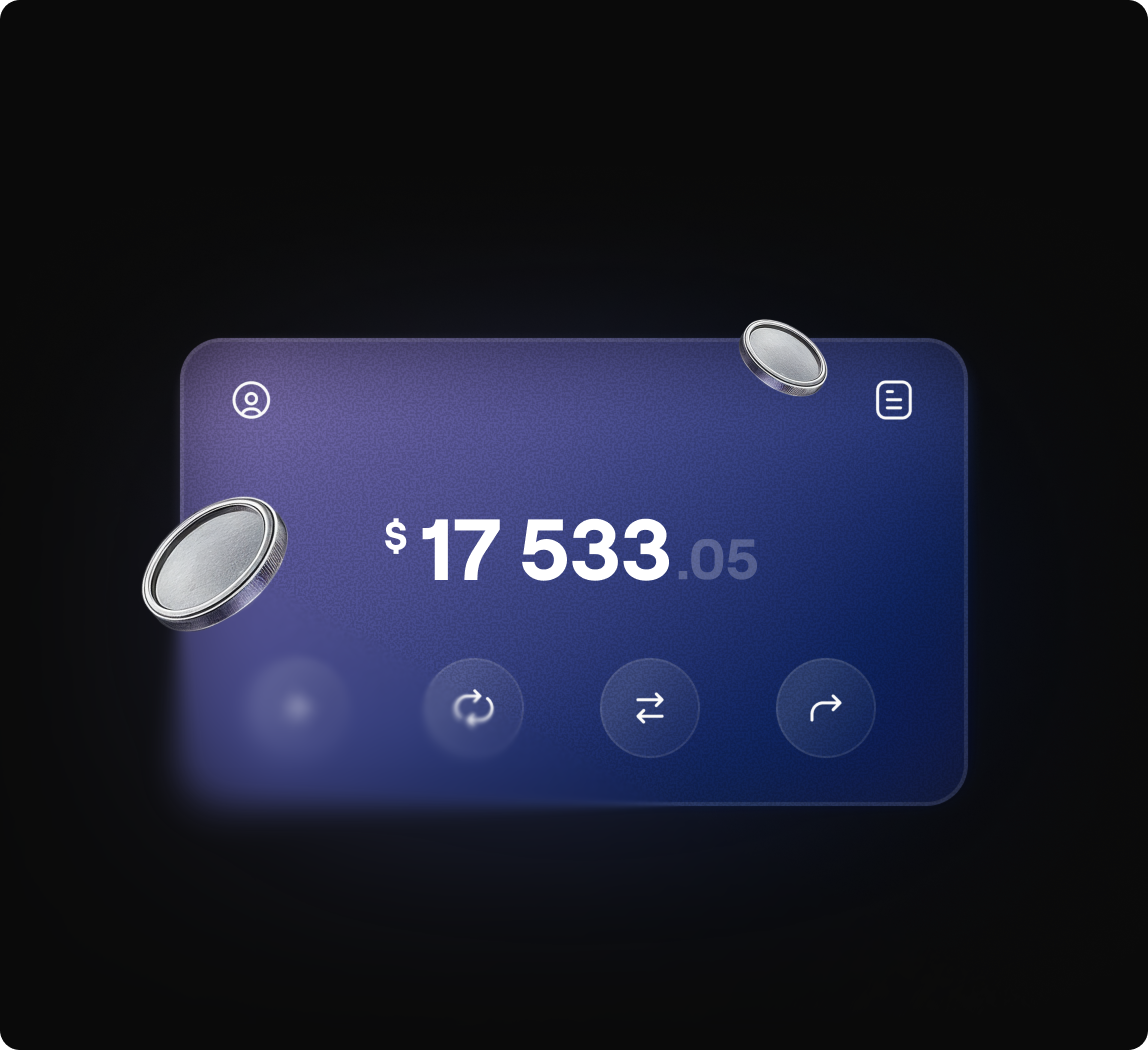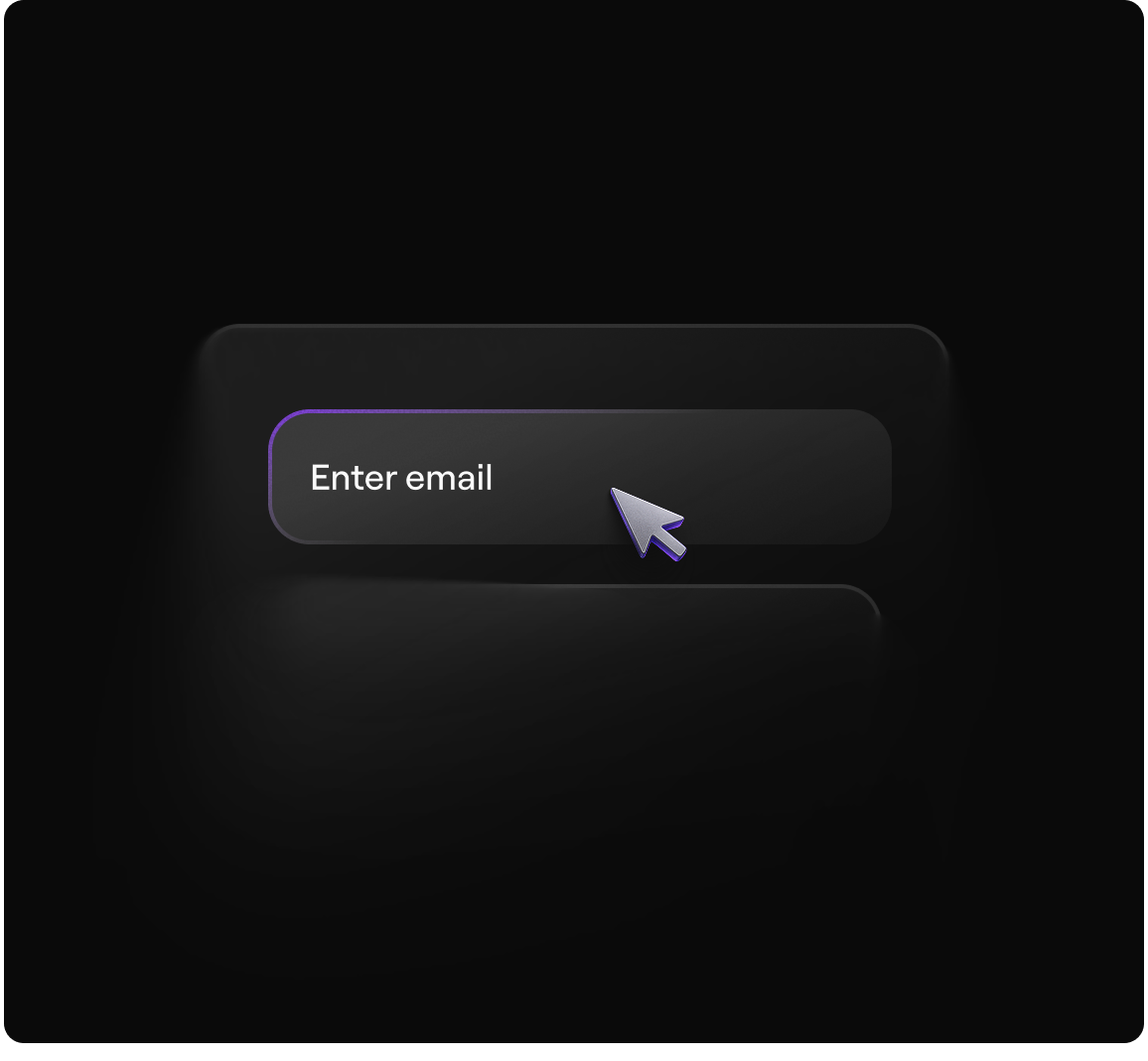en


EMCD Aave wallet
— One tap. All of crypto
Your crypto, simplified. Store, send, and grow — no passwords, no
delays, no clutter. Tap once to explore new features. Earn every day
delays, no clutter. Tap once to explore new features. Earn every day
No need for five platforms
when one does it all
when one does it all
Swap instantly, earn passively, mine securely,
and trade peer-to-peer — all inside EMCD Wallet
and trade peer-to-peer — all inside EMCD Wallet

Security that’s proven,
Not promised
Not promised
Stay secure with 2FA, AML checks, and an in-house team that’s kept EMCD Wallet breach-free for over 7 years
Your assets
stay yours. Always
stay yours. Always

Instant swaps.
No fees. No wait
No fees. No wait
Swap top coins in one tap — with transparent rates,
no surprise charges, and zero waiting
no surprise charges, and zero waiting
Fast, seamless,
and right when you need it
and right when you need it

One wallet.
All EMCD products
All EMCD products
Earn up to 14% APY with Coinhold, swap 200+ pairs, mine BTC, trade P2P, and borrow crypto — all from a single login
All your crypto tools,
finally in one place
finally in one place

Smart features
That just work
That just work
Save addresses, set price alerts, track live balances,
and use Smart Touch — just shake your phone to open the quick menu
and use Smart Touch — just shake your phone to open the quick menu
Everything’s right
where you need it
where you need it

Start instantly.
All you need is email
All you need is email
Just your email — your wallet is ready.
No passport. No paperwork. No waiting
No passport. No paperwork. No waiting
Takes less
than a minute
than a minute

Zero gas fees.
Zero friction
Zero friction
Send USDT and other tokens on Ethereum, TRON, and BNB chains — without holding ETH, TRX, or BNB
Skip the gas.
Keep the gains
Keep the gains
Unlock everything.
Use it instantly
Use it instantly
Skip the app-switching. Forget the logins
1
Wallet
Start with secure storage. Top up it with bank card or blockchain transaction
2
Swap
Exchange BTC
to USDT in one tap
to USDT in one tap
3
Coinhold
Earn up to
14% APY
14% APY
4
Mining
Power up your
crypto potential
crypto potential
5
Withdraw
Take profit or
reinvest instantly
reinvest instantly
Crypto that
feels effortless
feels effortless
Smart, simple, made
for everyday use
for everyday use
EMCD Wallet keeps your crypto close
— and your actions closer
— and your actions closer
Send without stress.
Swap in one tap
Swap in one tap
Confidence in every tap.
Comfort in every feature
Comfort in every feature
Solidus Ai Tech
AITECH
Rivalz Network
RIZ
Seascape Crowns
CWS
Bitcoin SV
BSV
SynFutures
F
Metacade
MCADE
Aerodrome Finance
AERO
Brett (Based)
BRETT
BLOCKLORDS
LRDS
Stabull Finance
STABUL
Toshi
TOSHI
ASIC Mining Pack
ASMP
Nodepay
NC
Alephium
ALPH
SOON
SOON
Miсhael Jerlis
EMCD Founder & CEO
Our best investment? People building real tools for the future of finance. We move fast, fix what’s broken, and power a global platform trusted by 400 000+ users.
Ready to build what matters?
Frequently asked questions
and answers
and answers
What is EMCD Wallet and how can I get started?
Is EMCD Wallet safe to use? What’s your policy on privacy and keys?
What can I do inside EMCD Wallet?
Does EMCD Wallet support NFTs, Web3, and card-based features?
Where can I learn more about how EMCD Wallet works?
Still have questions?
Our knowledge base has more helpful information
